- sort orderDefault
Photo title, A → Z
Photo title, Z → A
✔ Date created, new → old
Date created, old → new
Date posted, new → old
Date posted, old → new
Visits, high → low
Random - Google Map
- map
 home / Insecta · vabzdžiai / Coleoptera · vabalai / Buprestidae · blizgiavabaliai / Agrilus biguttatus · dvitaškis siaurablizgis
home / Insecta · vabzdžiai / Coleoptera · vabalai / Buprestidae · blizgiavabaliai / Agrilus biguttatus · dvitaškis siaurablizgis

-
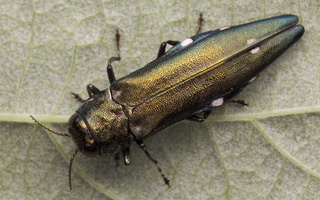 Agrilus biguttatus · dvitaškis siaurablizgis
Agrilus biguttatus · dvitaškis siaurablizgis
-
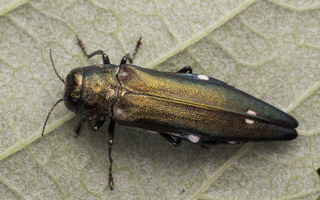 Agrilus biguttatus · dvitaškis siaurablizgis
Agrilus biguttatus · dvitaškis siaurablizgis
-
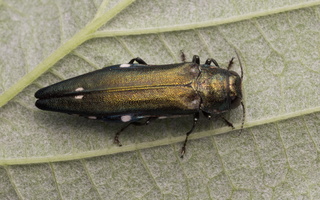 Agrilus biguttatus · dvitaškis siaurablizgis
Agrilus biguttatus · dvitaškis siaurablizgis
-
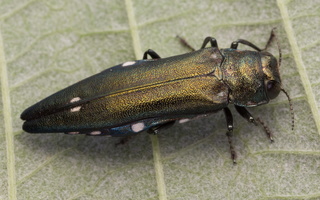 Agrilus biguttatus · dvitaškis siaurablizgis
Agrilus biguttatus · dvitaškis siaurablizgis
-
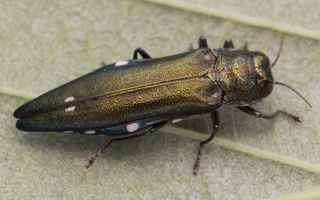 Agrilus biguttatus · dvitaškis siaurablizgis
Agrilus biguttatus · dvitaškis siaurablizgis
-
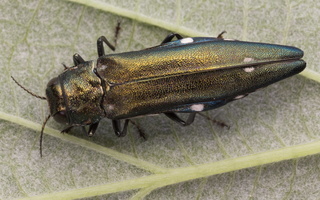 Agrilus biguttatus · dvitaškis siaurablizgis
Agrilus biguttatus · dvitaškis siaurablizgis
-
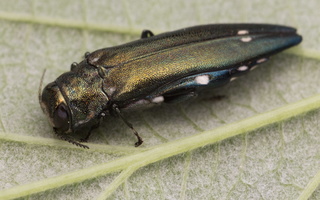 Agrilus biguttatus · dvitaškis siaurablizgis
Agrilus biguttatus · dvitaškis siaurablizgis
-
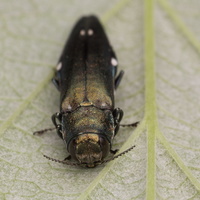 Agrilus biguttatus · dvitaškis siaurablizgis
Agrilus biguttatus · dvitaškis siaurablizgis
-
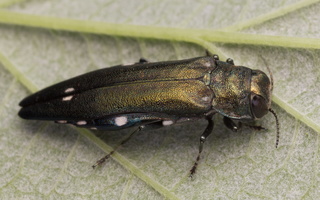 Agrilus biguttatus · dvitaškis siaurablizgis
Agrilus biguttatus · dvitaškis siaurablizgis
-
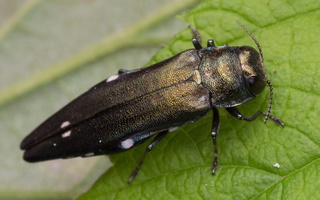 Agrilus biguttatus · dvitaškis siaurablizgis
Agrilus biguttatus · dvitaškis siaurablizgis
-
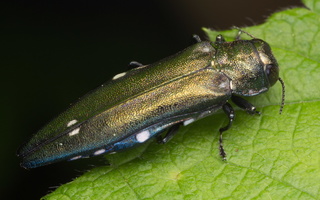 Agrilus biguttatus · dvitaškis siaurablizgis
Agrilus biguttatus · dvitaškis siaurablizgis
-
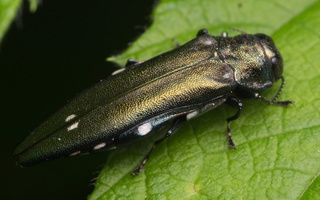 Agrilus biguttatus · dvitaškis siaurablizgis
Agrilus biguttatus · dvitaškis siaurablizgis
Agrilus biguttatus · dvitaškis siaurablizgis
- oak splendour beetle, oak buprestid beetle, two-spotted oak borer
- Zweipunktige Eichenprachtkäfer, Zweigefleckte Eichenprachtkäfer
- dvitaškis siaurablizgis
- šaurspārnu krāšņvabole, divpunktu šaurspārnkrāšņvabole
- opiętek dwuplamy, opiętek dwuplamkowy
Agrilus biguttatus is widespread throughout Europe, reaching the northern borders of southern Sweden and the UK. North Africa, and Northern Asia. The main hosts of this insect are oak species. Agrilus biguttatus has been identified as significant contributor to oak decline in Europe. While some species prefer infesting trees with smaller stem diameters or developing in branch bark, A. biguttatus larvae typically grow within the bark of the main trunk.
The adult beetle is 8 to 13 mm long. It is metallic green in color with a black or yellow cast. There is a pair of white spots on the inner edges of the elytra. The larva is a creamy white color and measures up to 43 mm in length. The first thoracic segment is enlarged. The grub is legless and has a pair of horns on its last abdominal segment. The beetles have an average lifespan of 2 months, but some may live upwards of 5 months.